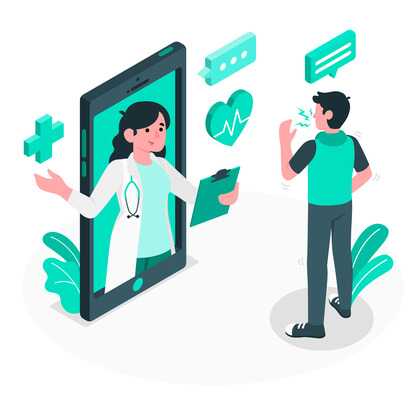The advancements in technology have revolutionized various aspects of our lives, and healthcare is no exception. Telemedicine, the practice of using telecommunications technology to provide remote healthcare services, has emerged as a groundbreaking solution that brings healthcare directly to patients, irrespective of their location. In this article, we will explore the concept of telemedicine, its advantages, applications, challenges, and the future it holds for the healthcare industry.
I. Introduction
Telemedicine, also known as telehealth, refers to the use of digital communication tools and technology to deliver healthcare services remotely. It involves real-time interactions between healthcare providers and patients, enabling access to medical expertise and advice regardless of geographical barriers. Telemedicine encompasses a wide range of services, including remote consultations, diagnosis, monitoring, and even remote surgeries.
The importance of telemedicine in healthcare cannot be overstated. It has the potential to improve access to healthcare, especially for individuals residing in rural and underserved areas. Telemedicine provides a convenient and flexible way for patients to receive medical care, eliminating the need for extensive travel or long waiting times. It also offers cost-effective healthcare delivery, reducing healthcare expenses for both patients and providers. Moreover, telemedicine optimizes the use of healthcare resources, ensuring that medical professionals can allocate their time and expertise efficiently.








